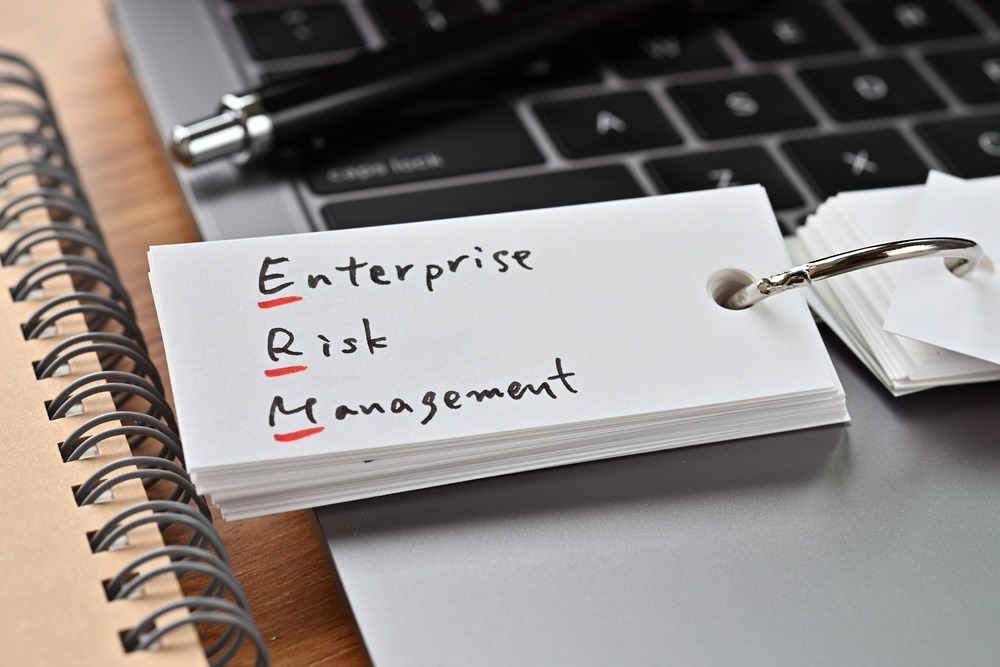
The University of Wisconsin-Madison’s Risk Management and Insurance (RMI) Department is at the forefront of applied learning, where theory meets practice.
This year, under Jim Swanke’s excellent tutelage, MBA students have partnered with undergraduate students on an ambitious applied learning project that underscores its commitment to innovation and practical skill development. Working with Immuto Scientific, a pioneering company at the intersection of science and technology, we have undertaken the challenge of implementing an Enterprise Risk Management (ERM) framework tailored to the unique needs of the company.
The project commenced with consideration of Immuto Scientific’s risk appetite and its objectives for the project. With this in hand, we then began a comprehensive risk mapping exercise, an essential first step in understanding the spectrum of risks faced by Immuto Scientific. Our team meticulously identified and categorized risks across various dimensions, including hazard, operational, financial, and strategic risks. The objective was to create a visual representation of the potential risks that could impact Immuto Scientific’s operations and strategic objectives. This initial phase was crucial as it laid the groundwork for our subsequent risk identification process. Each risk was then scrutinized based on its potential impact and likelihood. This meticulous process ensured that we focused our efforts on the risks that mattered most to Immuto Scientific, involving not just the enumeration of potential risks but a thorough analysis of their origins, characteristics, and impact on Immuto Scientific’s objectives. The collaborative effort between the students and Immuto Scientific’s stakeholders underscored the importance of diverse perspectives in understanding risk landscapes.
With the risks mapped and identified, prioritization became the next crucial step. The team employed a structured approach to evaluate each risk based on its frequency and severity, leading to the development of a risk heat map. These tools provide us with a color-coded visual representation of risks, highlighting those that fall within the ‘high-priority’ zone. The heat maps are instrumental in communicating risk severity to stakeholders at Immuto Scientific, fostering a shared understanding of the ERM framework’s importance.
To dissect the most significant risks, and examine their causes and potential consequences, we employed a technique we learned about last year doing a project with Zillow – bowtie analysis. The bowtie allows us to identify and evaluate various control measures and mitigation strategies. The bowtie analysis provided a clear and intuitive way to understand complex risk scenarios, facilitating informed decision-making and strategic planning.
A pivotal element of our project was the engagement with Immuto Scientific’s stakeholders. We had the unique opportunity to meet face-to-face with the company’s decision-makers and brokers. These interactions were collaborative sessions where we accessed the limits decided on their insurance coverage and aligned the ERM framework with the stakeholders’ vision.
As we reach the midway point in both our transformative project and the academic semester, it is a moment to reflect on the substantial progress we have made and to anticipate the exciting journey that lies ahead. Our focus will shift towards implementing robust risk treatment strategies. This next phase is pivotal, as it involves developing plans to mitigate, transfer, avoid, or accept risks based on their priority and impact on Immuto Scientific’s operations. Our aim is to ensure that Immuto Scientific is not only protected against potential threats but is also positioned to capitalize on opportunities that arise from a well-understood risk landscape.
Concurrently, we will establish a systematic approach for monitoring and reviewing the risk environment. This continuous process is vital for detecting changes in the external and internal context that may affect the risk profile of Immuto Scientific. An integral component of our project’s success will be the creation of dashboards designed for Immuto Scientific’s stakeholders. These dashboards will serve as powerful tools, providing clear and concise visuals of key risk indicators, statuses, and trends. By offering real-time insights into the risk landscape, stakeholders will be empowered to make informed decisions, ensuring the sustainability and resilience of Immuto Scientific’s operations.
The journey thus far has been immensely rewarding, and the path ahead is filled with opportunities for further growth and learning. This project not only enriches our academic curriculum but also contributes significantly to the field of risk management by demonstrating the practical value of a comprehensive ERM framework. We look forward to sharing our findings and successes as we progress, confident in the positive impact our work will have on Immuto Scientific and the broader risk management community.
Siddarth Upadhya is the student leader for the applied learning project.
